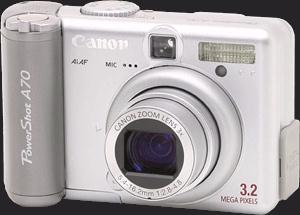I began this project in March 2004, simply because I'd recently bought a digital camera and I was trying it out. I found that I was able to get some rather nice butterfly pictures. I'd collected butterflies in England in my youth, so I thought I'd try to put together an album of photos of Australian butterflies. I've been taking photos of other wildlife as well, but I've been having most success with the butterflies.
One of the main problems I've had has been with identification. I'd grown up in England, where there are only about 55 species and identification is generally not all that difficult. But Australia has about 400 species, and some of them are so similar that even the butterflies themselves get confused.
So I wouldn't be surprised if some of the identifications are incorrect. But my main intention with this website is just to show a fairly nice collection of photos. It's really not intended to be a great learned piece of work. It's a hobby........
This site uses frames. I know a lot of people frown on frames, but I don't care very much. I hate those sites where the whole screen changes when you click a menu option; I much prefer it where the static parts remain static and the variable content changes as you move around the site.
I am now using style sheets, not in any very clever way. I did toy with the idea of trying to use CSS and DIVs in place of frames. But I soon gave up on it, because whetever worked in one browser simply didn't work on another browser. When they sort it all out, and it becomes stable, then maybe I'll use it. Until then I think I'll just stick to using something that works most of the time......
One of the disadvantages of Frames is the fact that other websites have difficulty linking to any particular page on your site, and can generally just link to the site's home page. I got around this with a little Javascript that runs on the home page and on each species page. If someone surfs to a species page, and it's not in a frame, the javascript runs the home page and puts that species page into the main frame. I have also put the URL of each species onto its page, which should make it easy for anyone who wants to link to them from now on.
I'm using Lightbox to display the larger version of each photo after you click on the thumbnail.
The first camera I used to take the pictures on this website was a Canon PowerShot A70, which is a relatively cheap digital camera.

I liked this camera a lot, despite it being very battery-hungry and despite the LCD screen being less than ideal. But eventually I dropped the camera once too often, and it gave up the ghost.
I replaced the Canon with a Ricoh Caplio R5. I tried a number of cameras, looking for one with more than the 3x optical zoom of my own Canon. There are loads of compact digital cameras with big zooms nowadays, but almost without exception they do not have a very good macro function.

The Ricoh R5 has 7x optical zoom, and the macro is excellent. It's far from being the camera of my dreams - some of the controls are a bit clunky and sometimes the camera seems to freeze up for no readily apparent reason. But I am very pleased with the pictures it gives me, and I suspect I'll still keep it in my pocket even when I've got a proper digital SLR with macro lens etc.
At some point I ought to update this, as I've mostly used a Canon EOS 400D with a Sigma 150mm macro since 2008!
I know the photography purists will say that digital photos are not as good as film, but as far as I can tell this argument is largely based on the fact that film provides more colours than the 16.7 million available on digital pictures.
This argument cuts no ice with me, however, as I want my photos to be available on my PC, rather than in an album, so I'd have to scan them anyway, with the consequent loss of quality being far greater. And besides, surely 16.7 million colours is enough for anybody?
